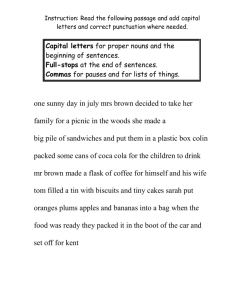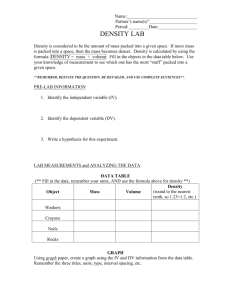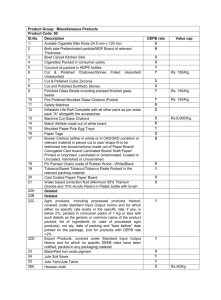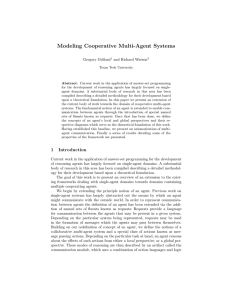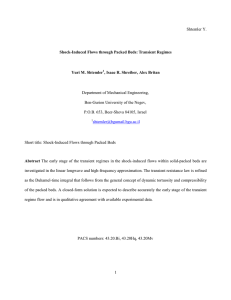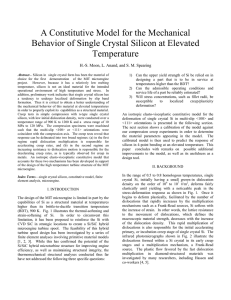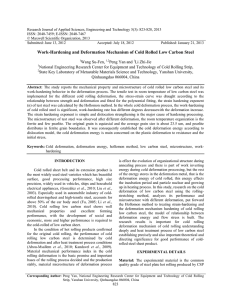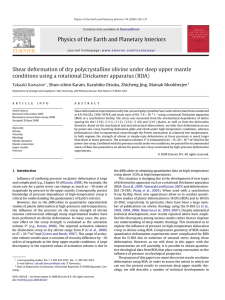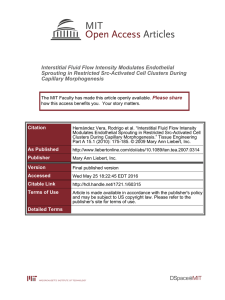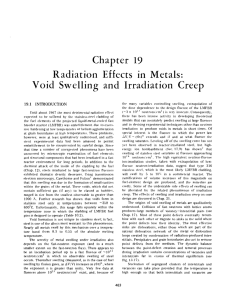Document 10619405
advertisement
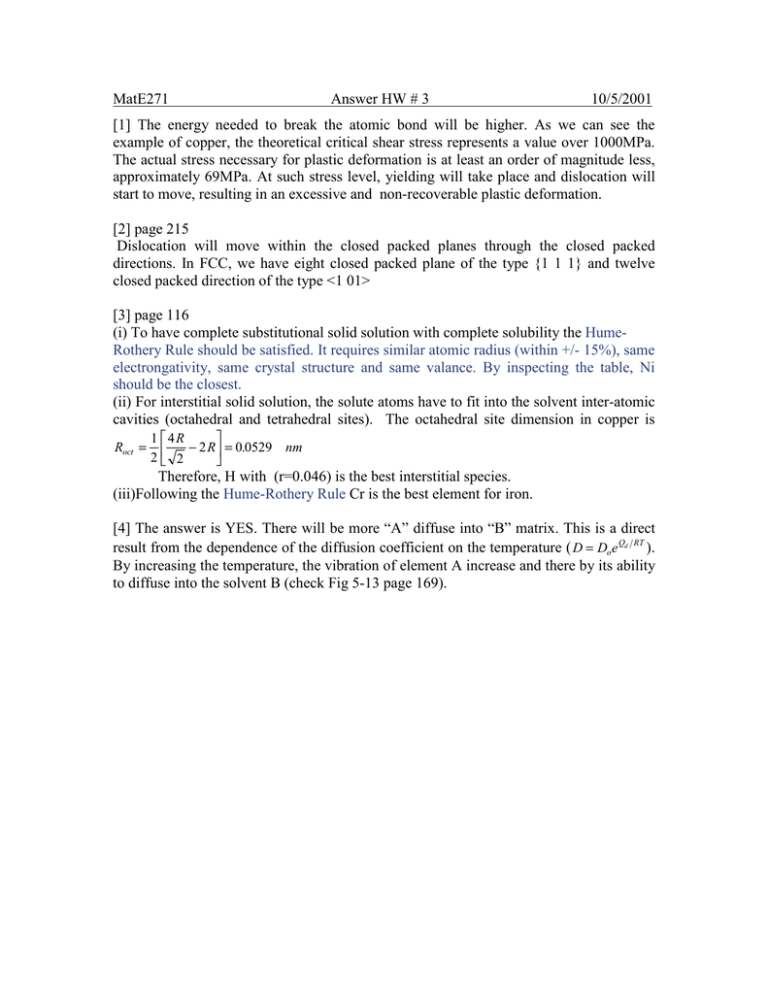
MatE271
Answer HW # 3
10/5/2001
[1] The energy needed to break the atomic bond will be higher. As we can see the
example of copper, the theoretical critical shear stress represents a value over 1000MPa.
The actual stress necessary for plastic deformation is at least an order of magnitude less,
approximately 69MPa. At such stress level, yielding will take place and dislocation will
start to move, resulting in an excessive and non-recoverable plastic deformation.
[2] page 215
Dislocation will move within the closed packed planes through the closed packed
directions. In FCC, we have eight closed packed plane of the type {1 1 1} and twelve
closed packed direction of the type <1 01>
[3] page 116
(i) To have complete substitutional solid solution with complete solubility the HumeRothery Rule should be satisfied. It requires similar atomic radius (within +/- 15%), same
electrongativity, same crystal structure and same valance. By inspecting the table, Ni
should be the closest.
(ii) For interstitial solid solution, the solute atoms have to fit into the solvent inter-atomic
cavities (octahedral and tetrahedral sites). The octahedral site dimension in copper is
Roct =
LM
N
OP
Q
1 4R
− 2 R = 0.0529 nm
2 2
Therefore, H with (r=0.046) is the best interstitial species.
(iii)Following the Hume-Rothery Rule Cr is the best element for iron.
[4] The answer is YES. There will be more “A” diffuse into “B” matrix. This is a direct
result from the dependence of the diffusion coefficient on the temperature ( D = Do e Qd RT ).
By increasing the temperature, the vibration of element A increase and there by its ability
to diffuse into the solvent B (check Fig 5-13 page 169).
